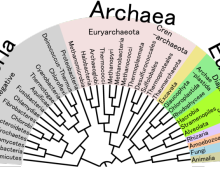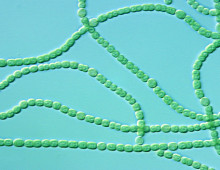New tool helps find gene markers in microorganisms
Researchers have devised a novel method to exploit relationships between bacteria and archaea for a new set of gene markers The Science The researchers developed a new way to identify gene markers in bacteria and the primitive microorganisms classified in the kingdom known as Archaea. Dubbed, PhyEco (for phylogenetic and phylogenetic ecology) this strategy can… [Read More]

